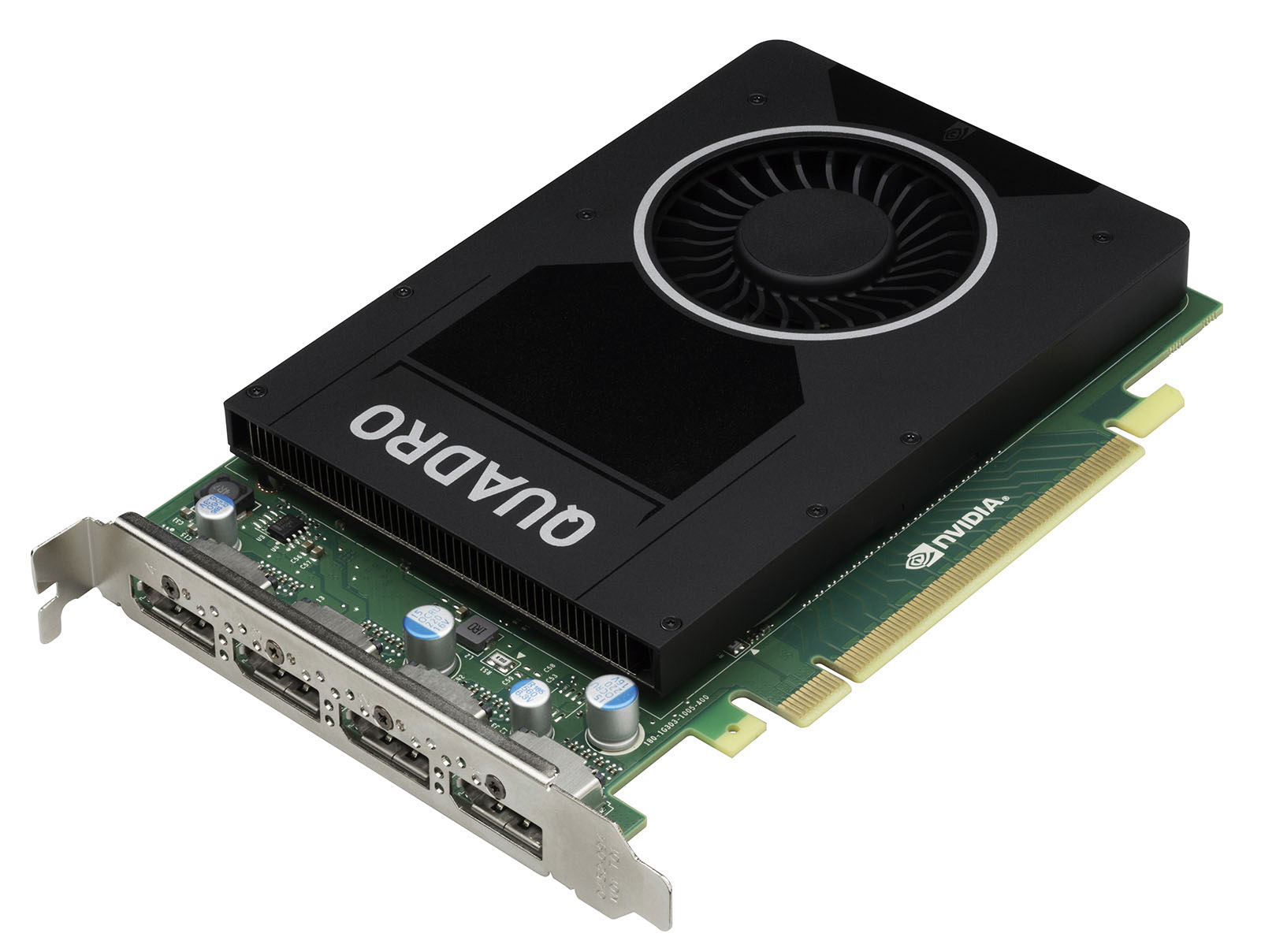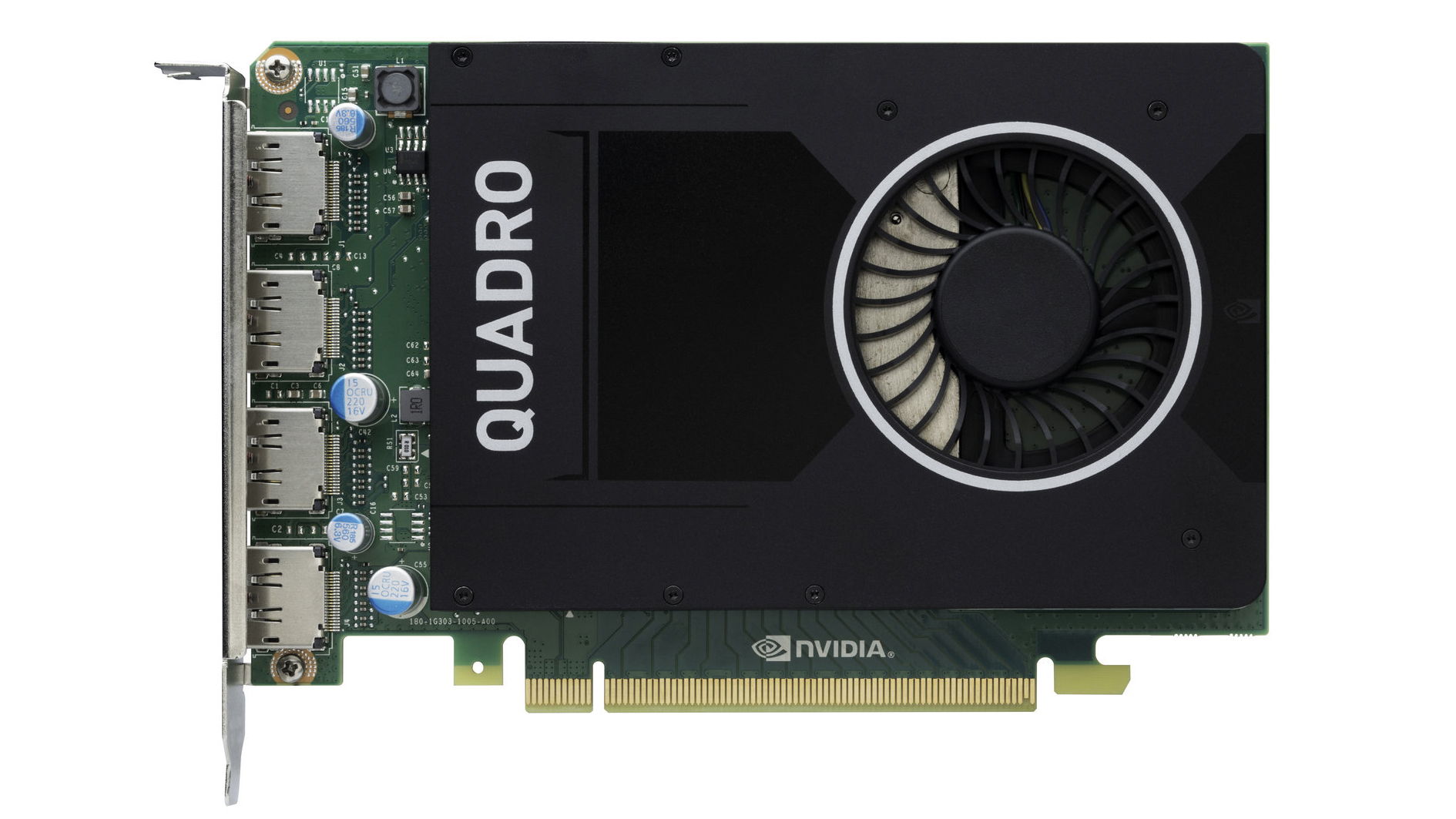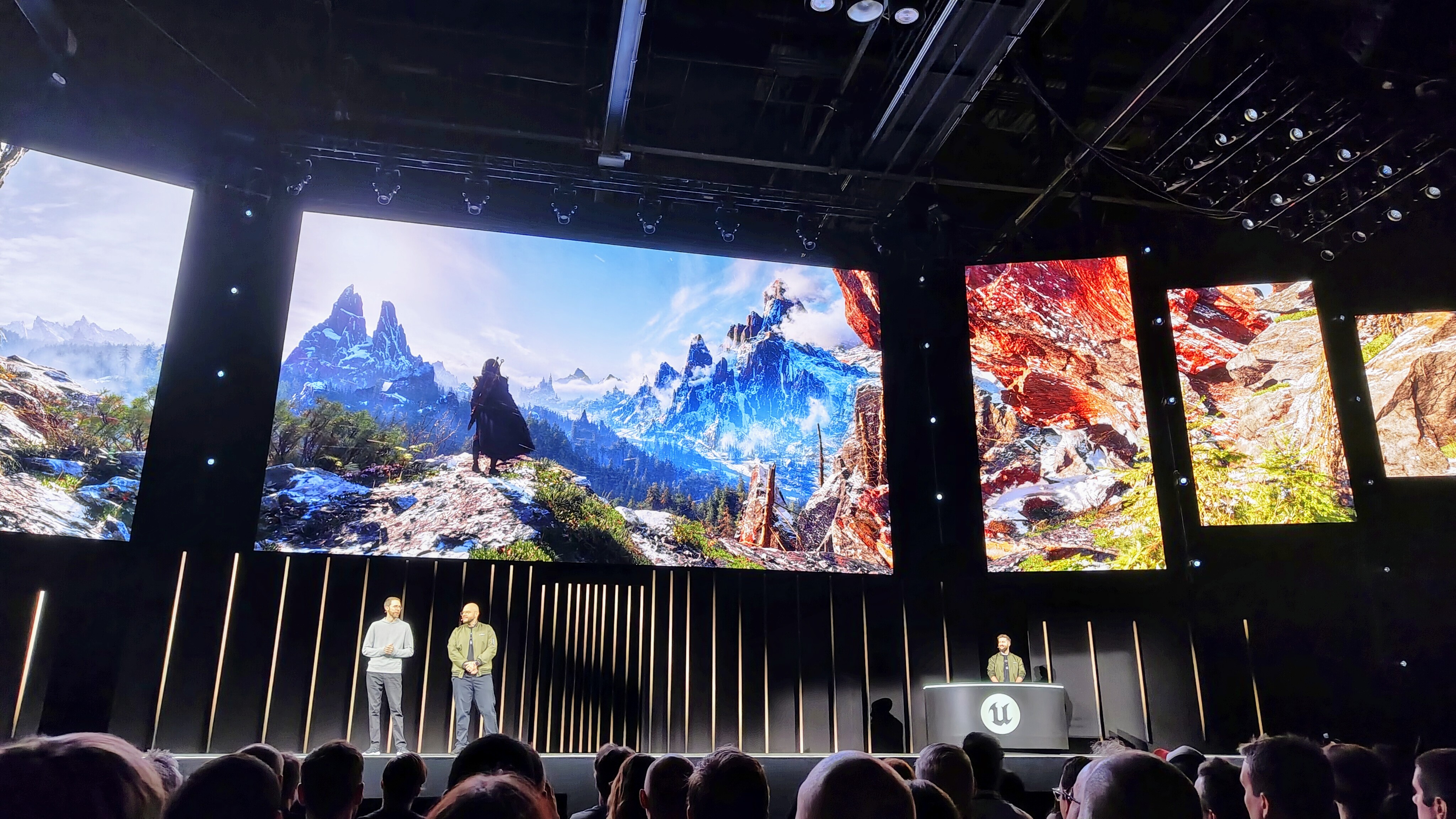Our Verdict
While it might not be the biggest leap forward we've come to expect from Nvidia, the M2000 is a worthwhile upgrade that won't break the bank.
For
- 768 CUDA processing cores
- 4GB of GDDR5 memory with 106GB/sec bandwidth
- 4 x DisplayPort 1.2 connections
- Maximum resolution: 4,096x2,160 at 60Hz
- 3-year warranty
Against
- Not a tremendous leap over the competition
Why you can trust Creative Bloq
Looking at the model names of Nvidia Quadro cards, you could think the high-end models were a generation ahead of the low and mid-range. But it’s not quite as simple as that, and the arrival of the new M2000 will take things in a more uniform direction.
Perhaps it makes a little more sense – just – that only now are we seeing a 2000-series card with an M prefix. Except the M2000 is not as big a leap over the K2200 as the latter was compared to the K2000. The M2000 now sports 768 CUDA cores, the same as the higher-end K4000 from two generations ago, and twice as many as the K2000. But the K2200 had already reached 640 CUDA cores, so the M2000 is only a 20 per cent improvement.
Chassis compatibility

The memory enhancement is even less of a leap. While the K2200 doubled the K2000’s memory allocation from 2GB to 4GB of GDDR5, the M2000 keeps the same quantity. All three use a 128-bit path, so bandwidth has merely been raised incrementally, from 80GB/sec to 106GB/sec. But 4GB is already a healthy quantity for a professional card at this price. Power consumption has gone up slightly from 68W to 75W, but given the performance, it’s still quite miserly.
It also means no extra power connection is required, as the 16x PCI Express slot supplies enough on its own. The M2000 card is full height, so won’t fit into low profile workstations; it’s just a little longer than the host slot, so it’s compatible with any workstation chassis capable of accommodating a full-height card. Nvidia has given up on DVI with the M2000. Whereas the K2200 combined a single DVI-I port with two DisplayPort 1.2 connections, the M2000 now offers four DisplayPort 1.2 connections, meaning only DVI-D will be available via an adapter, and if you ever need to use an old VGA connection you’ll be out of luck.
We put the M2000 through its paces in a version of Armari’s Magnetar M44-AW1200G2, with dual Xeon E5-2690v4 processors, 64GB of RAM, and a Quadro M4000 for comparison. In Maxon Cinebench R15’s OpenGL test, the M2000 achieved 143.54 and the M4000 managed 157.24, so the cheaper card keeps up well. In SPECviewperf 12 it’s similar, with 47.97 in maya-04 compared to 63.45 for the M4000, 88.32 in sw-03 compared to 100.94, and 65.74 in catia-04 compared to 84.3. The rest of the tests were between 11 and 35 per cent slower.
The M2000 isn’t a huge upgrade in specification over the K2200, but it’s still worthwhile. Whether you're a hobbyist or a creative director, if you have £400 to spend, the Quadro M2000 is the obvious choice. It’s also great to see how well it matches up to the twice- as-costly M4000 for performance.
This article was originally published in 3D World magazine issue 212. Buy it here.

Thank you for reading 5 articles this month* Join now for unlimited access
Enjoy your first month for just £1 / $1 / €1
*Read 5 free articles per month without a subscription

Join now for unlimited access
Try first month for just £1 / $1 / €1
out of 10
While it might not be the biggest leap forward we've come to expect from Nvidia, the M2000 is a worthwhile upgrade that won't break the bank.


